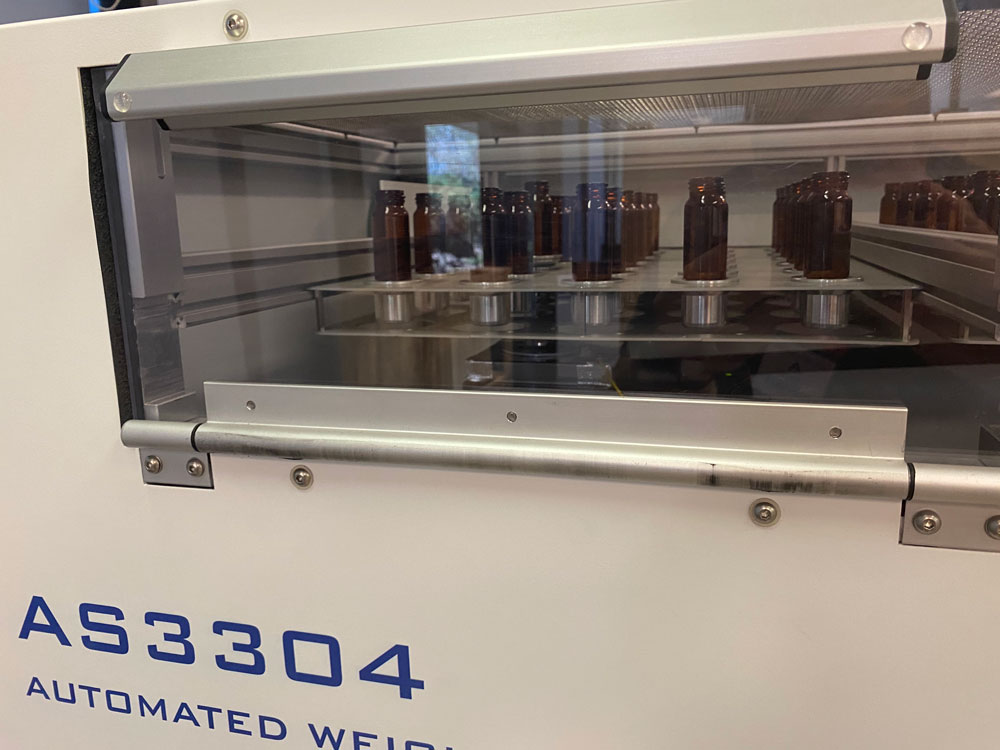What are Total Dissolved Solids?
Total Dissolved Solids or TDS, is a measure to identify the total soluble solids within a solution. The test is usually performed on drinking water as a high total dissolved solids measurement (greater than 500mg/l) can be harmful for human consumption.
Total dissolved solids do not include gases, colloids, or sediment, but consist chiefly of Carbonates, bicarbonates, Chlorides, Sulphates, Phosphates, and Nitrates of Calcium, Magnesium, Sodium, and Potassium, with traces of Iron, Manganese and other elements.
Hard water can have high calcium deposits which can make the water taste “soapy” and bathing soaps not lather very well. The TDS level in water affects the taste as well. It is therefore important to keep the total dissolved solids within a range of 500 ppm as per the WHO guidelines. Hard water also results in buildup of Calcium deposits throughout a households water system effecting water heaters, tapware, evaporative air-conditioners, kettles to name a few. If you suspect your water to be high in total dissolved solids, you can ask for a water test done by your local water authority.
How are Total Dissolved Solids Removed?
Total dissolved solids can be removed by reverse osmosis, water filters and softeners. Reverse osmosis is considered to be the best option to reduce TDS and to meet treated water quality requirements set by a governing body (water authority).
Testing for Total Dissolved Solids by Gravimetric Analysis
The water to be tested for total dissolved solids is accurately decanted into a test-tube or similar vessel that can hold a minimum volume of 50ml. Boiling chips are added at this time to the culture tube to aid in driving off all water when the culture tubes eventually go to the drying oven. Some laboratories may use a higher volume. The culture tubes are placed into the Autoweigh to get the the initial weight (W1) of the total dissolved solids for each culture tube in the batch. Once the initial weights are captured for the TDS, the batch of samples is then moved into a drying oven which is kept at 180°C. The high temperature rapidly boils the water and with the aid of the boiling chips, all water water is driven off leaving only the total dissolved solids behind. The batch of samples is then cooled and placed back onto the Autoweigh where the second weight (W2) is captured.
- The culture tube with boiling chips is placed into the receptacle for weight capture.
- The culture tube and receptacle is placed into position on the rack.
- The initial weight is obtained, W1.
- The water sample is then accurately dispensed into culture tube.
- The rack containing the culture tubes along with the samples and boiling chips is then placed into an oven at 180°C to drive off all moisture.
- The rack with culture tubes is taken so the culture tubes can be weighed, W2.
W1 = Initial Weight
W2 = Final Weight
ml = Actual volume of sample used. E.g. 50ml expressed in liters (50,000 in this case)
TDS = [(W1-W2)*1000]/ml of sample


